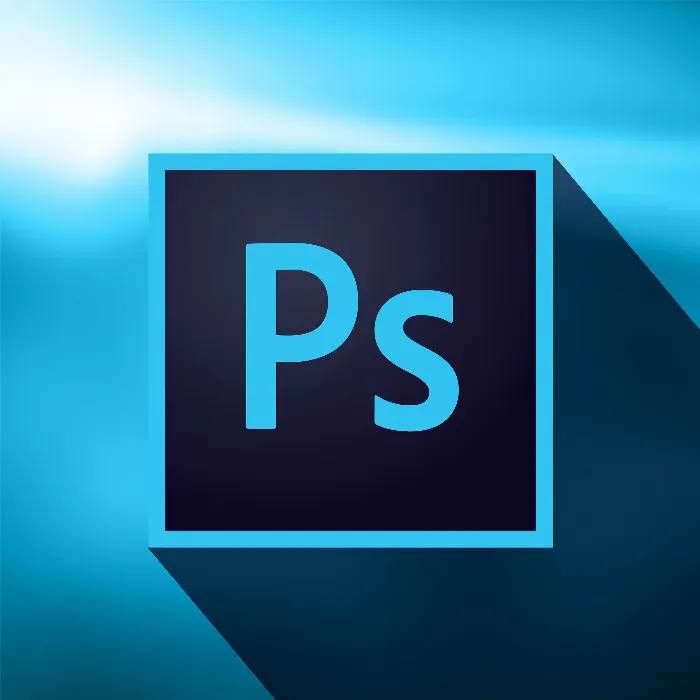Creating new files in Photoshop opens up a variety of possibilities for creative work. Whether you need a blank document for a new project or want to start from a template, these features make it easier to get started. In this guide, I will explain in detail how to create new content in Photoshop simply and efficiently.
Key takeaways
- You can create new files in Photoshop using templates or custom settings.
- It is possible to save your own templates as presets to streamline your workflow.
- Various formats and settings can be tailored to your specific needs.
Steps to Create a New File in Photoshop
To create a new file in Photoshop, follow the steps below to help you go from creation to using templates.
First, you need to have Photoshop open on your computer. If you have an image you want to edit, you can simply open it. However, there is often the desire to create something from scratch. You do this via the "File" button in the top menu bar and then by selecting the "New" option.
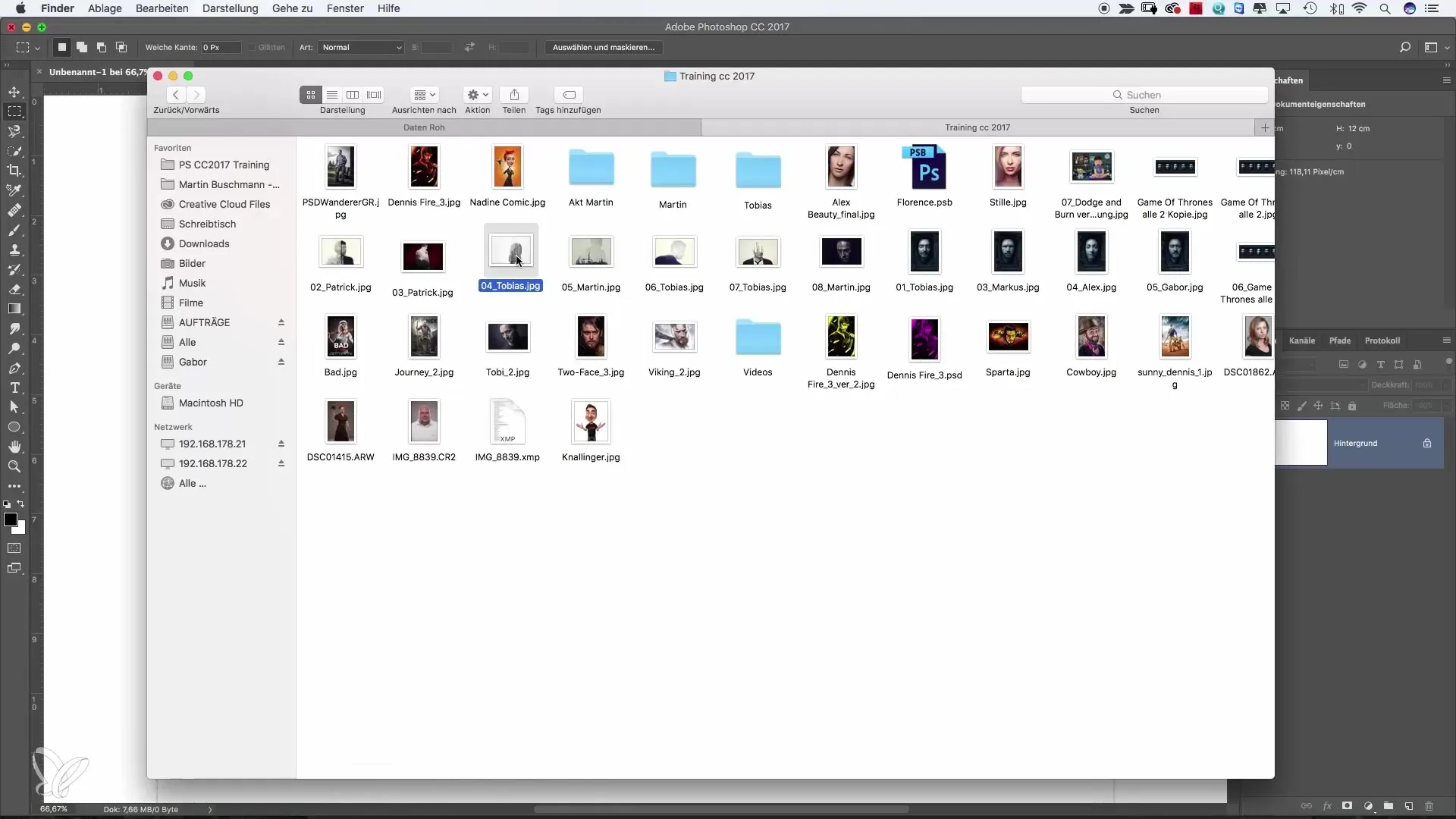
When you click "New", a dialog window appears. Many users find this window confusing at first because it lists a large number of different formats. In fact, the window shows all the files you have previously created. This overview can be a bit overwhelming for the first time.
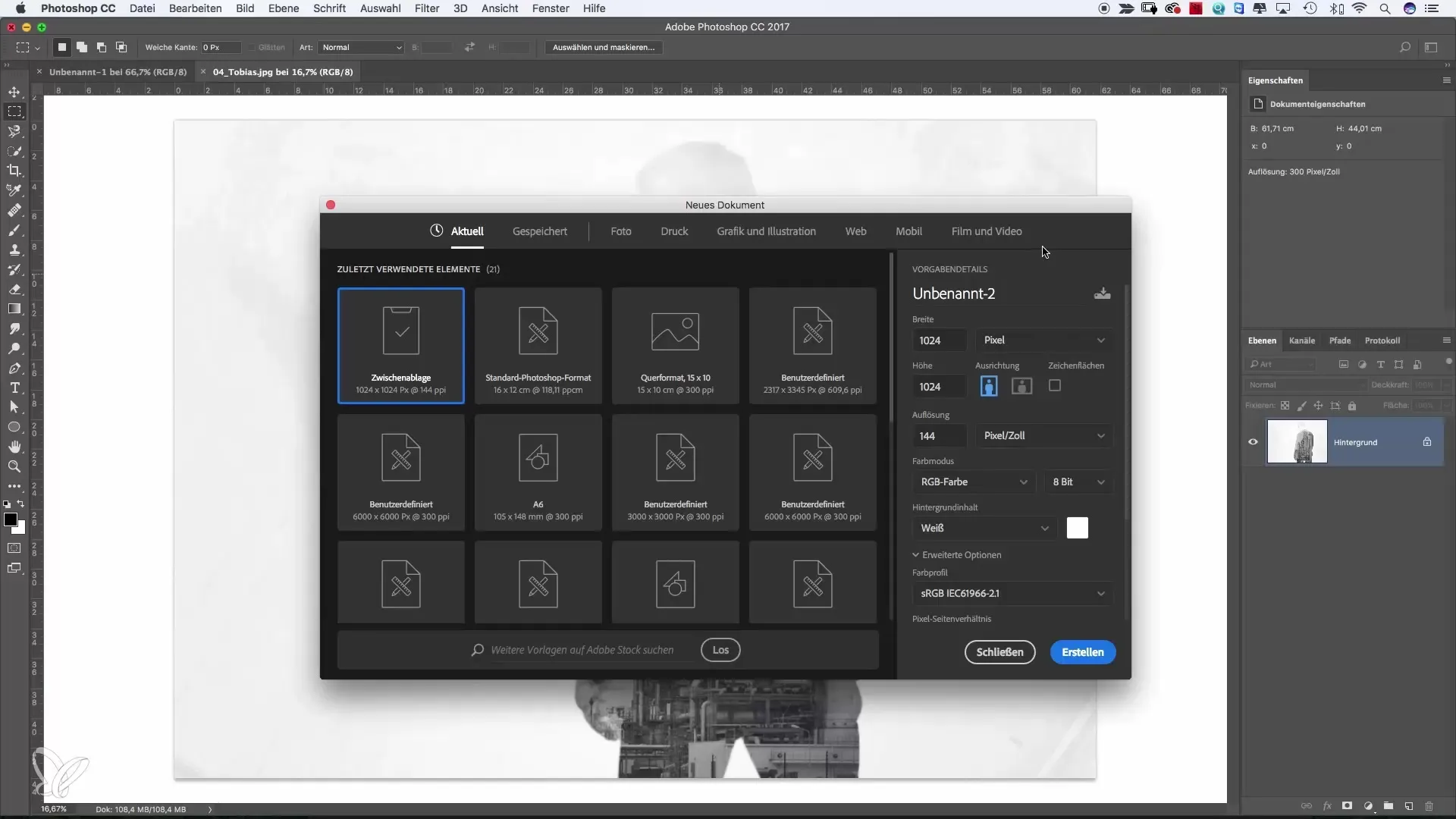
For our purposes, it makes sense to create a new file directly. In addition to the standard format, you can also specify your own dimensions to meet your specific requirements. In the example above, we choose the dimensions of 900 x 600 pixels.
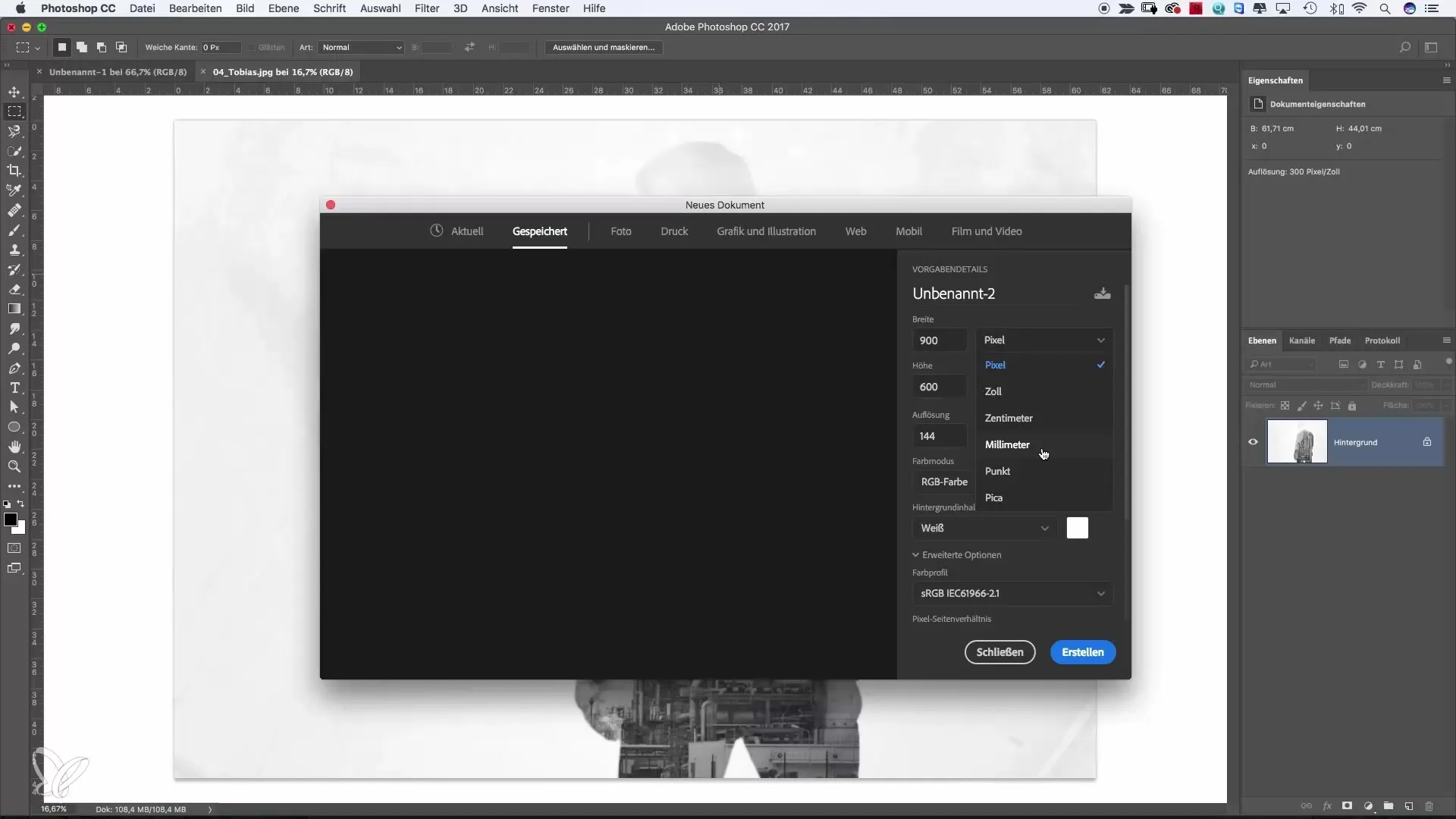
If you prefer a different unit, you can also enter millimeters or centimeters. Resolution is also crucial; for web applications, you typically choose 72 pixels, while for print you choose 200 or, even better, 300 pixels.
An important step is choosing the color mode. For web projects, RGB is the standard; for print projects, CMYK is the better choice. You can already determine the bit depth when creating the file, with 8-bit being sufficient for most applications.
A white background color is usually sufficient, but you can also choose your own color. There are additional options that are hidden at first glance. This advanced selection becomes visible when you check the appropriate box. Here, you can also select the color profile, with sRGB often being the recommended choice.
Once you have completed your selection, click "OK", and the new document will be created. It is helpful to save the template if you are using a format you need often. Name the template so that it is intuitively understandable to you, for example "Template 1".
Saving as a template gives you the ability to work quickly with the same dimensions. Once the document has these dimensions, you can open it again at any time and continue working on it immediately.
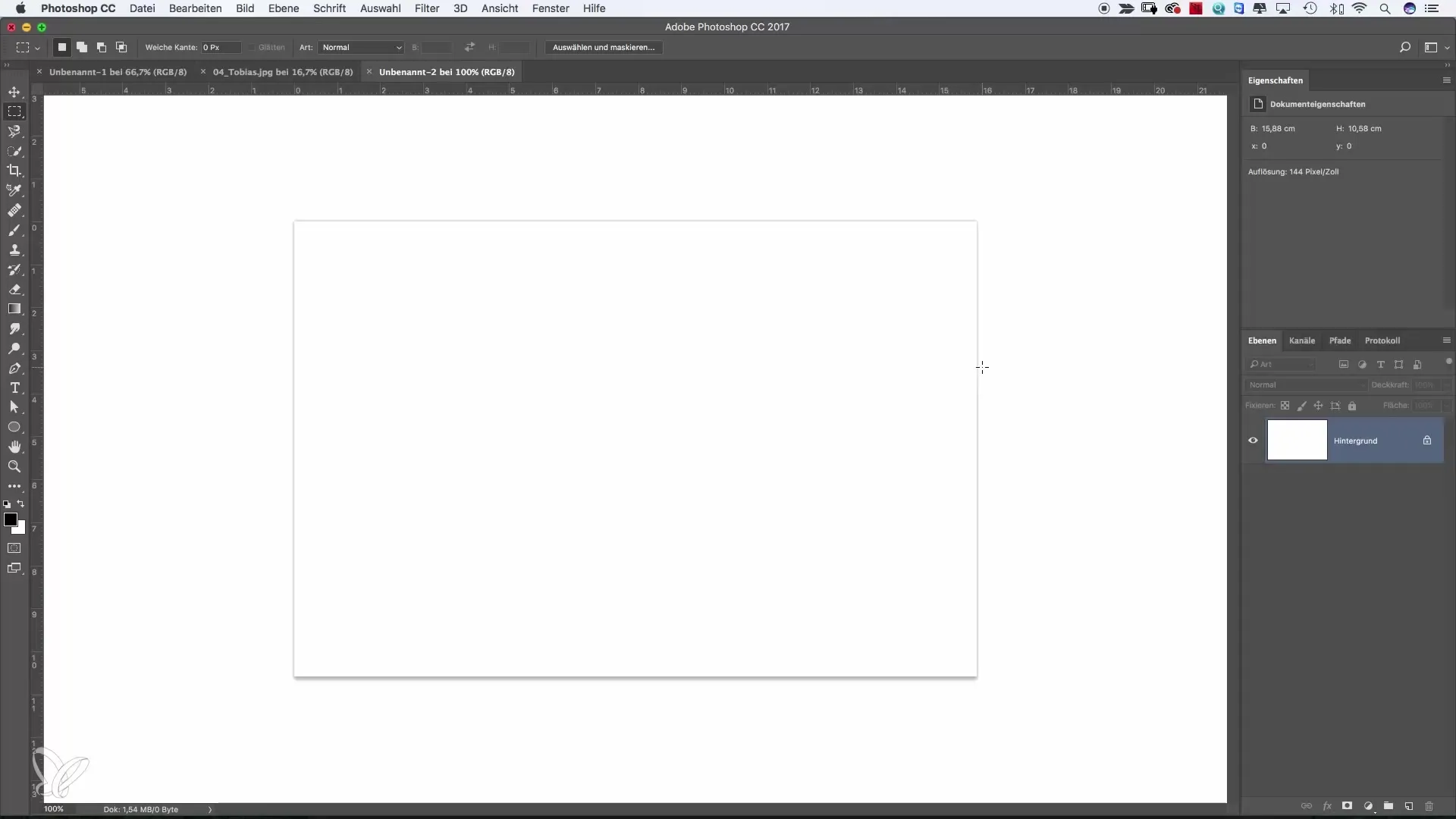
If you want to explore more templates, click "Photo". Here you will find various common formats. Clicking "Show All Templates" gives you an even more extensive selection. Here you can choose common formats for print or digital designs so that you have the right dimensions and formats available from the start if needed.
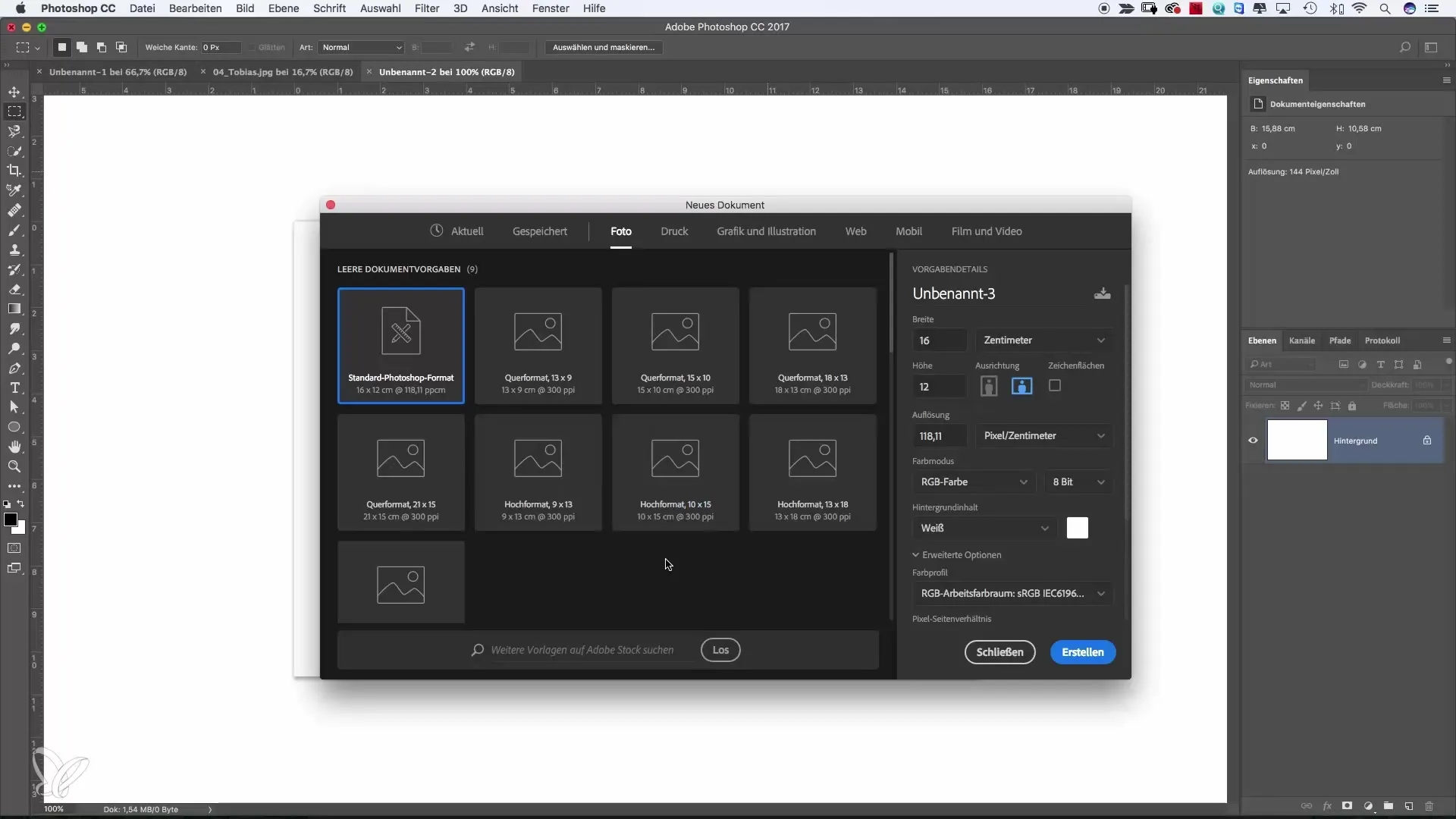
For specific purposes such as web design, you can directly select the appropriate layouts, whether for desktop or mobile devices.
You can also creatively create your own templates for specific applications, such as Instagram, by choosing a square format.
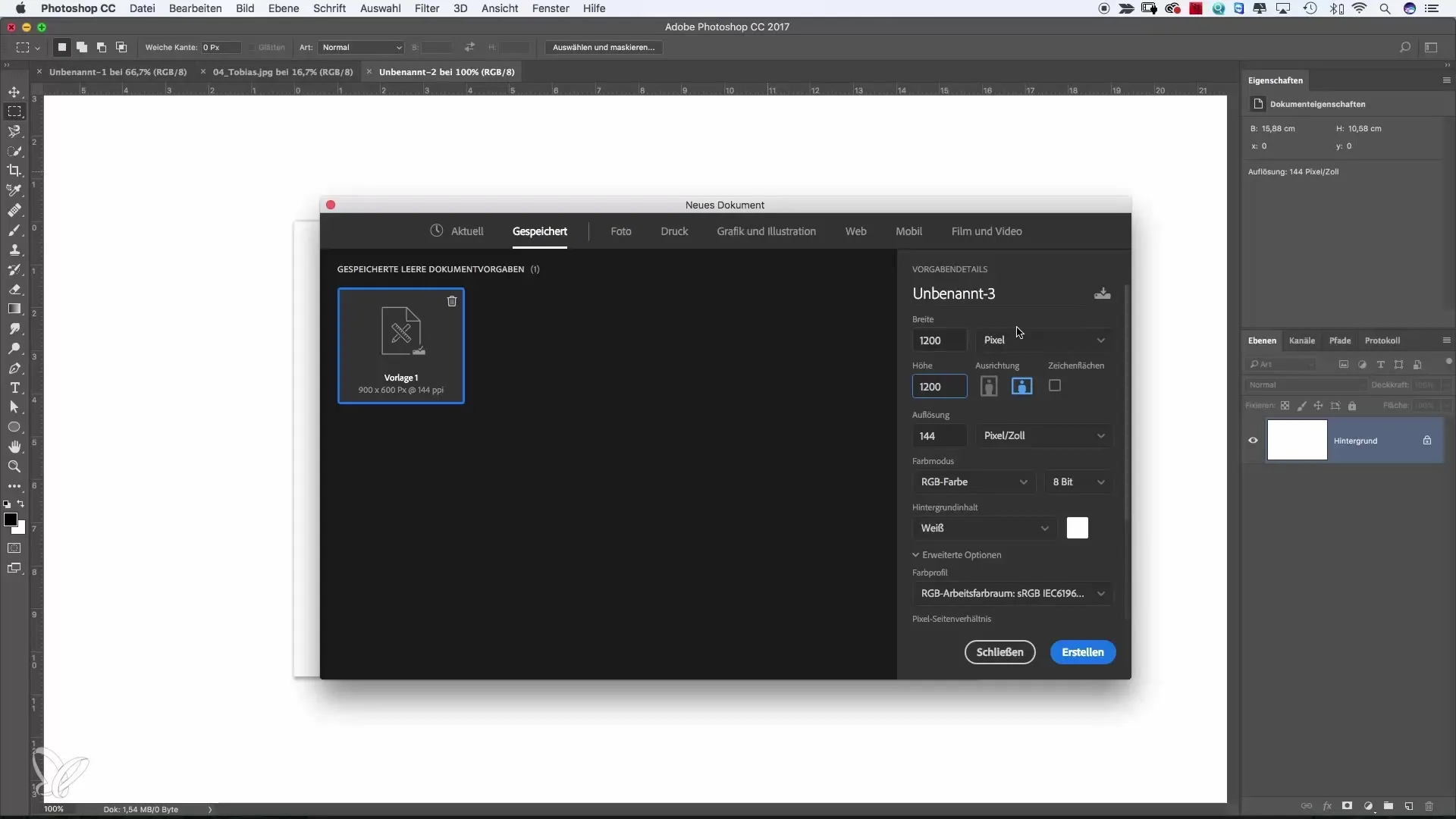
A practical tip to speed up the process: use the keyboard shortcut Command + N (for Mac) or Ctrl + N (for Windows) instead of navigating through the menu each time.
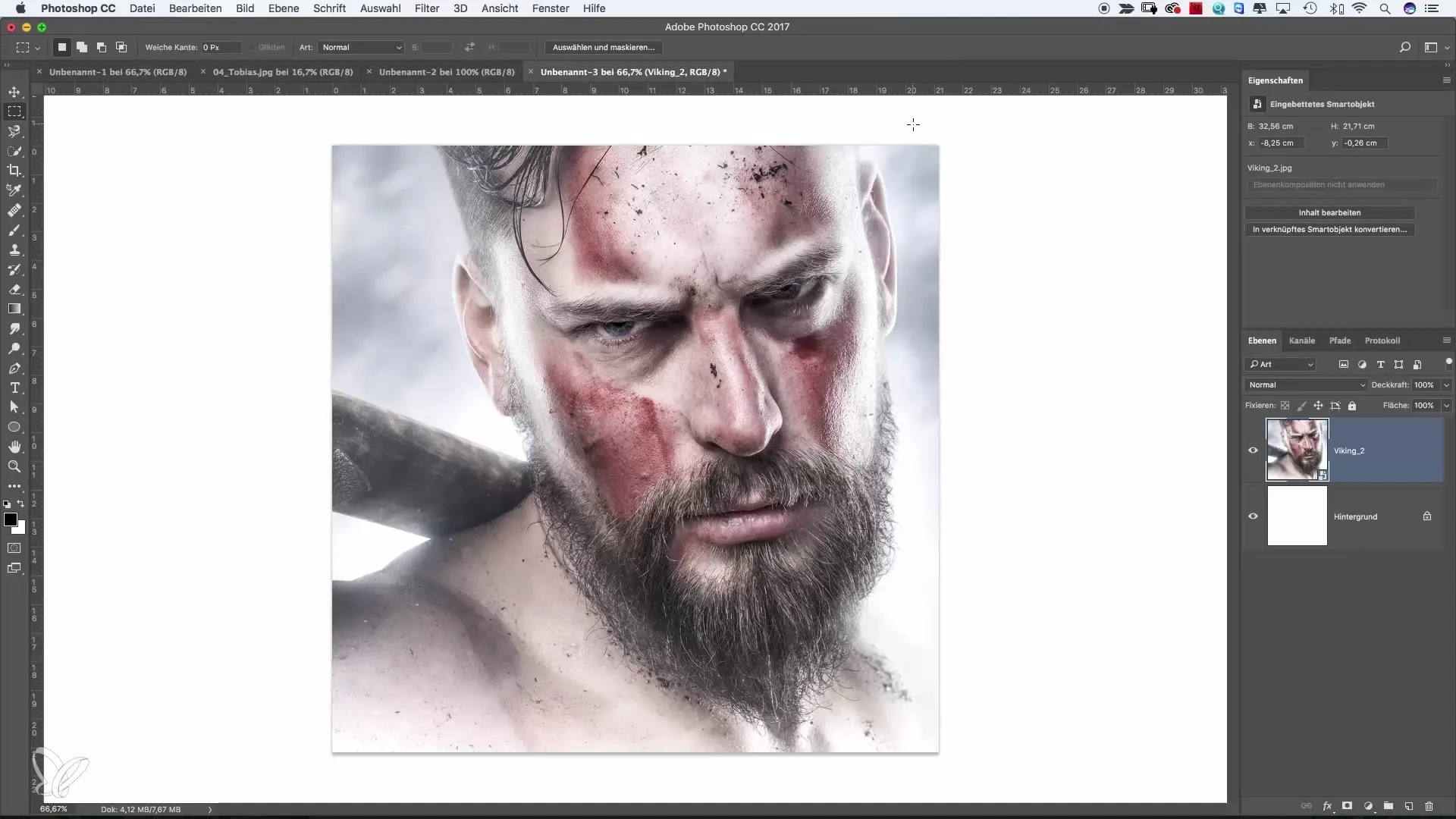
Summary – Creating New Files in Photoshop Effectively
Creating new files in Photoshop is simple and can be done in various ways. Whether you create your own template or use an existing file – with the steps described here, you have a clear guide. With a bit of practice, creating new files will become second nature to you.
Frequently Asked Questions
How do I create a new file in Photoshop?Click on "File" and then on "New" to open a dialog window.
Can I save my own templates?Yes, you can save your settings as a template to save time.
What measurements should I use for web design?For digital work, 72 pixels per inch are usually sufficient.
What is the difference between RGB and CMYK?RGB is used for digital applications; CMYK is optimal for print.
How can I quickly create a new file without using the menu?Use the keyboard shortcut Command + N for Mac or Ctrl + N for Windows.
